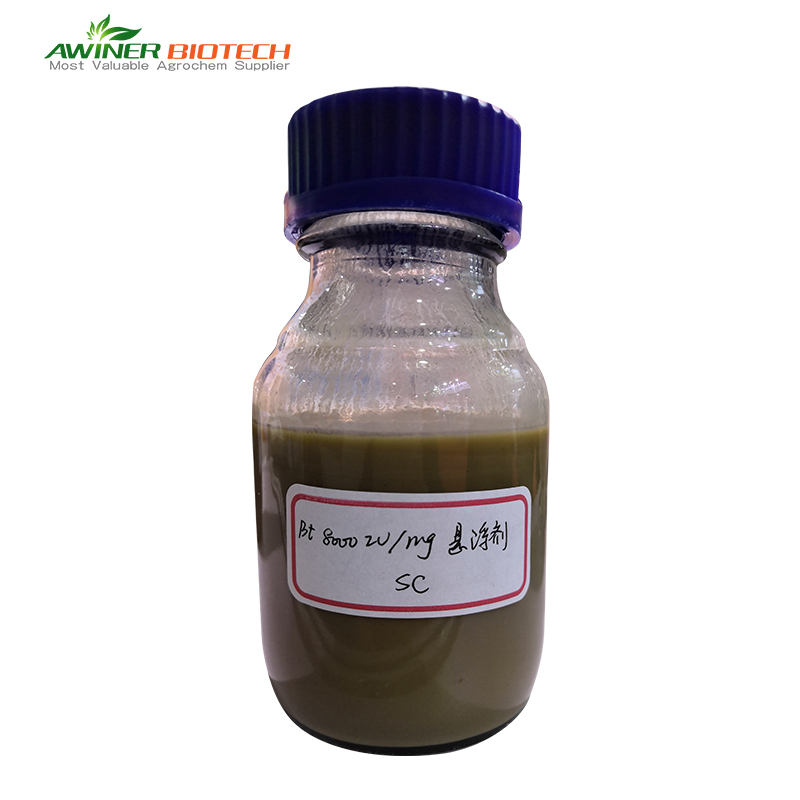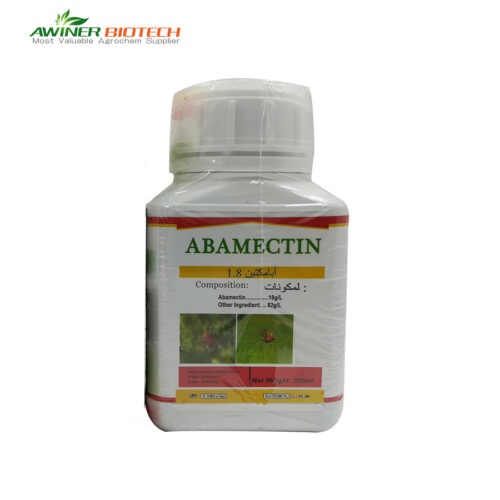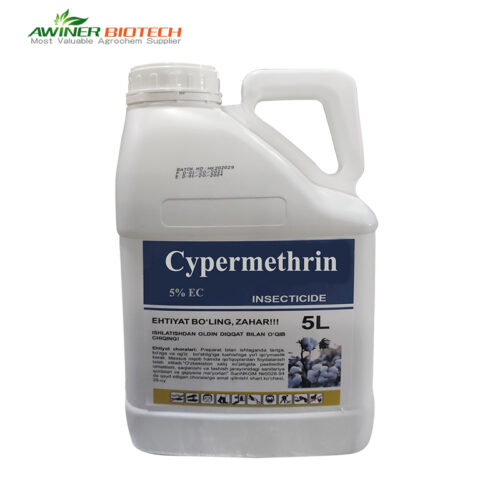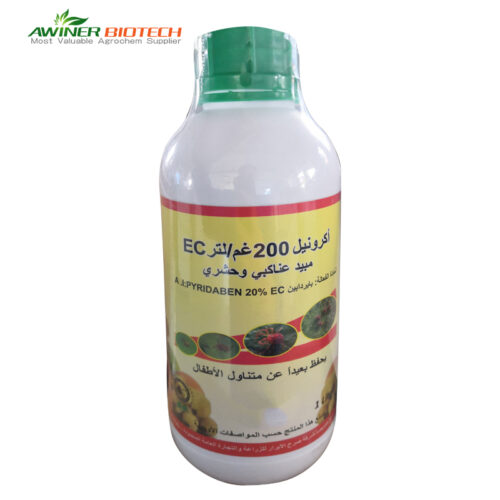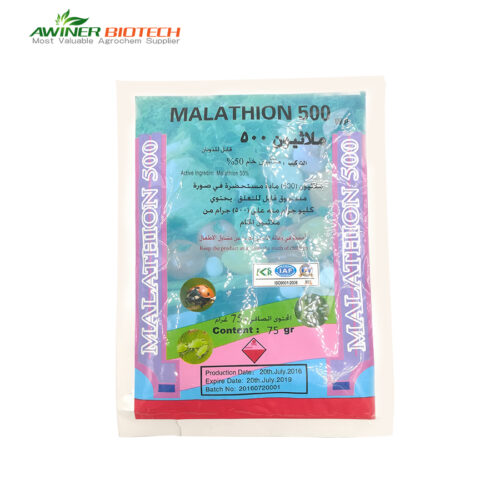Bacillus thuringiensis powder |
|
| Formulation | 16000IU/mg WP,8000IU/mg SC,16000IU/mg WDG |
| Packing | Liquid:50ml、100ml、250ml、500ml、1L、5L、10L、20L Solid:10g、50g、100g、250g、500g、1kg、5kg、10kg、25kg |
| Crops | Corn – Corn Earworm Tobacco – Tobacco Budworm Cotton – Cotton Bollworm Cruciferous Vegetables – Cabbage Looper |
| Certification | SGS、 ISO 、BV |
| Delivery time | 20-30 days |
| Mixture products | Clothianidin+Bacillus thuringiensis |
| Payment terms |  |
Our Organic BTK Powder is perfect for use in organic vegetable gardens, fruit orchards, greenhouses, and large-scale agricultural operations. It is particularly effective in managing pests on crops such as tomatoes, peppers, broccoli, and leafy greens.
Experience the power of nature with our Organic Bacillus Thuringiensis Kurstaki (BTK) Powder, a highly effective biopesticide designed for environmentally friendly pest control. BTK is a naturally occurring bacterium that targets and eliminates various caterpillar pests, making it an ideal solution for organic farming, gardening, and sustainable agriculture.
 |
 |
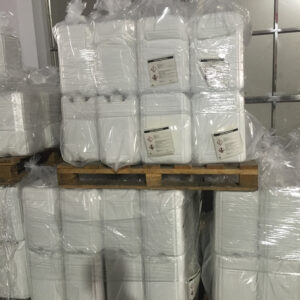 |
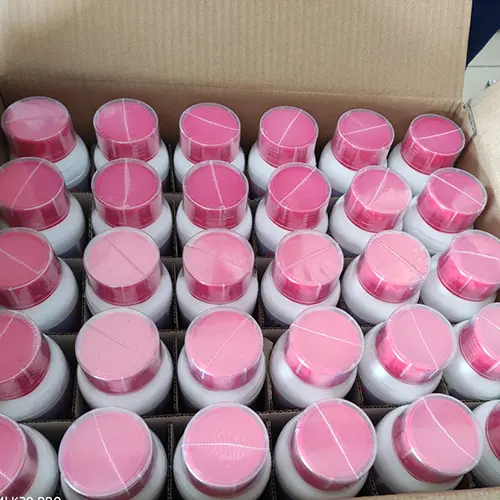 |
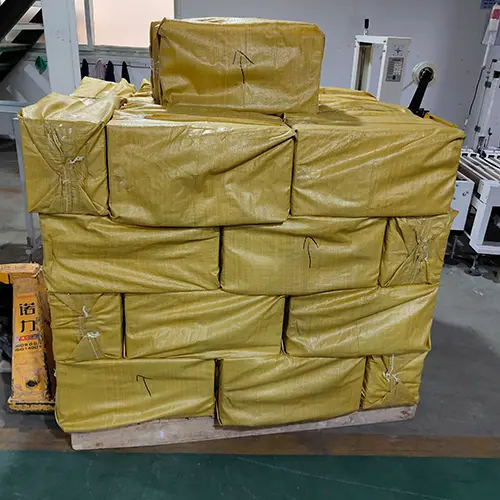 |
Key Features of Bacillus Thuringiensis Kurstaki
- Organic and Safe: Certified organic, our BTK powder ensures no harmful chemicals are introduced into your crops or environment.
- Targeted Pest Control: Specifically effective against caterpillars such as cabbage loopers, gypsy moths, and tent caterpillars.
- Eco-Friendly: Harmless to humans, pets, beneficial insects, and wildlife, promoting a healthy ecosystem.
- Easy to Use: Simply mix with water and apply using standard spray equipment for optimal results.
- Long-Lasting Protection: Provides extended pest control, reducing the need for frequent applications.
<About Awiner Biotech>
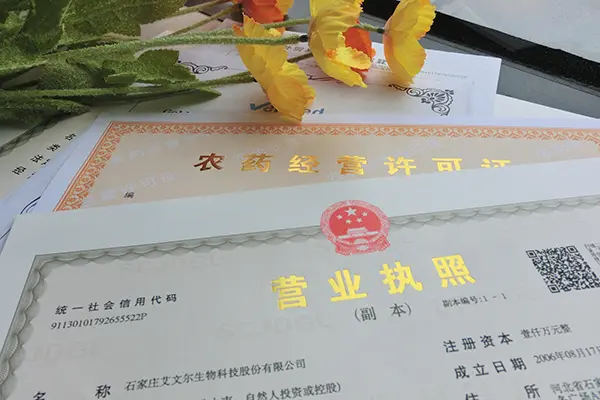
Awiner Biotech offers a range of certificates, including SGS, IBO, ICAMA, and more, to help customers stay competitive in the market. We also assist clients with pesticide registration.
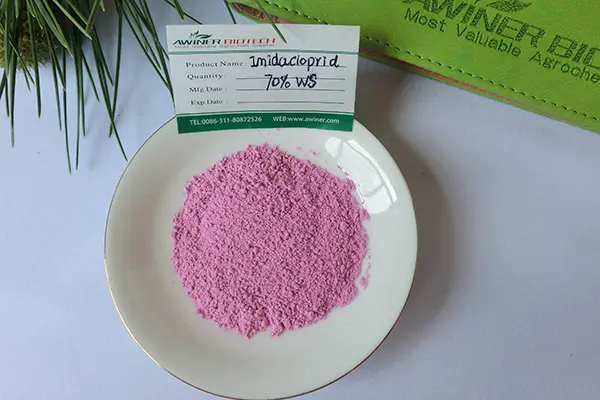
Have strong expertise in pesticide formulation, supported by advanced machinery. We offer a wide range of formulations, including WDG, WP, SP, SC, SL, EC, WS, and FS.
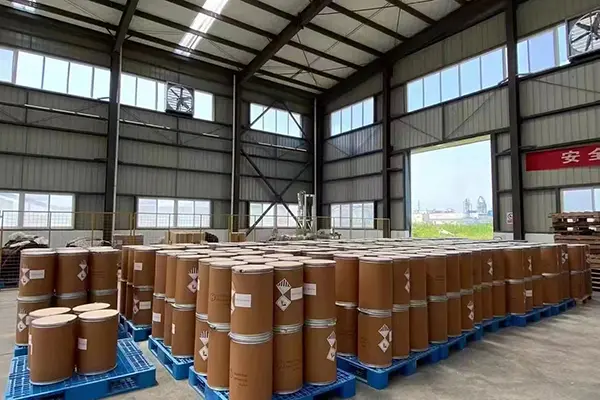
Awiner Biotech has a skilled design team that offers custom packaging and adds customer logos. We help clients establish their own brands and expand into local markets.
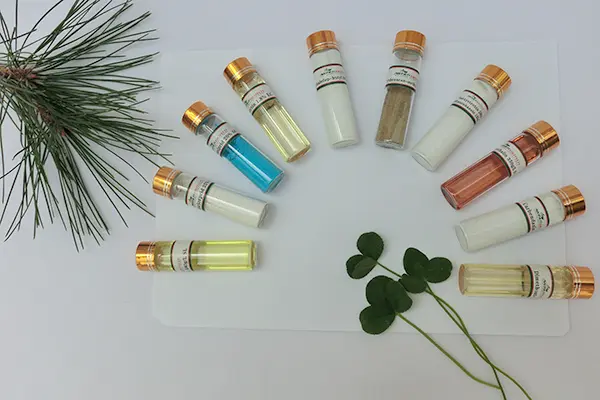
Providing samples is a key part of our service. Typically, we can prepare samples within 3 days, and our team will send them to customers promptly based on the schedule.
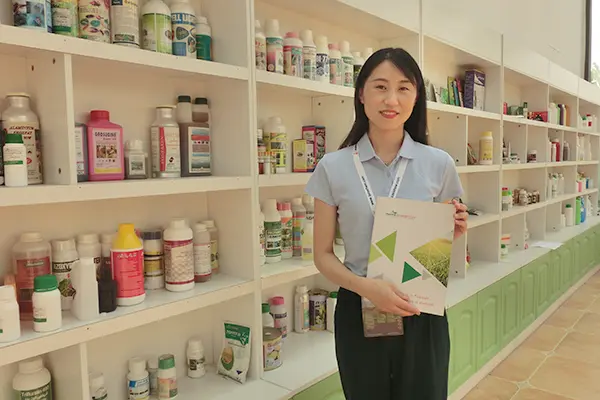
Our high-quality service shines at every stage of the sales process, especially in after-sales support. This ensures that every transaction with our customers is smooth and successful.
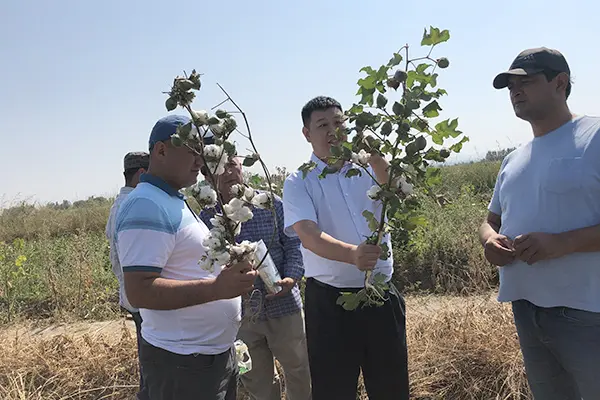
In addition to supplying quality products, we assist customers in growing their local markets. Our professional sales team offers expert and personalized guidance to ensure success.

